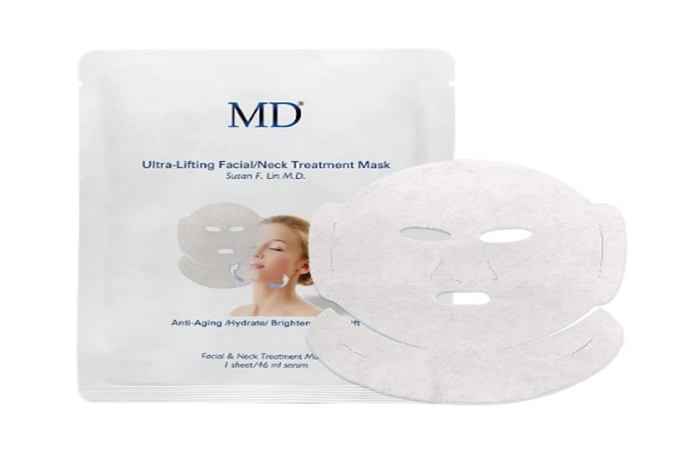Preserving The Pour: What It Really Takes To Move A Wine Collection

When most people think of moving, they picture boxes, bubble wrap, and a little temporary chaos. But for wine collectors, relocating can feel more like orchestrating a delicate symphony than calling the movers. Bottles worth hundreds—or even thousands—of dollars aren’t just items on a checklist. They’re vessels of history, investment, and passion.
Wine isn’t static. It’s a living, aging entity that reacts to time, temperature, and touch. That’s why moving a wine collection—whether it’s a few prized vintages or an entire cellar—requires a level of care that goes far beyond your average moving truck. In this niche but growing field, wine moving services have quietly become the silent heroes of high-end relocations.
More Than Just a Box of Bottles
Collectors don’t just value the wine—they value the conditions that have helped it age gracefully. The wrong move can undo years of careful storage. One short stint in a hot van or a rough ride across town can flatten flavor profiles or even spoil the contents entirely.
This is where professional wine movers step in. These experts specialize in temperature-controlled transport, low-vibration packing materials, and meticulous bottle-by-bottle handling. A good service doesn’t just move your collection; it maintains the integrity of each vintage along the way.
Science Meets Logistics
At the core of proper wine moving is climate control. Ideal wine storage falls between 55°F and 58°F with stable humidity. Any significant fluctuation, even during a short drive, can damage the wine’s chemical balance. To address this, companies use refrigerated trucks equipped with digital monitoring systems that track and log the internal temperature throughout the journey.
Vibration is another hidden enemy. Constant movement can disturb sediment in older bottles, potentially impacting taste and clarity. Some movers now use suspension systems designed to reduce micro-movements during transport—particularly valuable when moving fragile or unfiltered wines.
Not Your Average Packing Job
Standard packing methods don’t cut it here. Forget cardboard boxes with newspaper stuffing—high-end wine moving services use molded foam inserts, custom crates, and breathable materials that prevent condensation or label damage. Labels may not affect how a wine tastes, but in the resale or collector market, a torn or faded label can lower a bottle’s value significantly.
Some companies even go as far as building bespoke wooden crates for rare or oddly shaped bottles. These cases are often lined with UV-protective materials to guard against light exposure, which can prematurely age wine, particularly those in clear or green glass.
Behind the Bottles: Emotional Value
It’s not just about money. For many collectors, wine is deeply personal. It represents anniversaries, travel memories, or years of discovery. A case of Bordeaux may be more about the honeymoon than the price tag. That emotional connection means that clients expect movers to handle each bottle as if it were irreplaceable—because in many ways, it is.
This is why wine movers are often more than just drivers. They’re part consultant, part concierge. They’ll walk through your existing cellar, ask about bottle provenance, and create a custom relocation plan. Some even work with cellar designers to rebuild your wine storage setup in your new home.
Licensing, Laws, and Red Tape
In the U.S., wine isn’t just a beverage—it’s a regulated substance. That means moving wine across state lines involves more than just good intentions. States have wildly different laws on alcohol transport, even for personal use.
Professional movers who specialize in wine are well-versed in these laws and hold the proper licenses for bonded and insured alcohol transportation. Whether it’s navigating California’s wine shipment restrictions or New York’s labeling requirements, a reputable wine mover ensures your collection stays on the right side of the law.
When Timing Is Everything
Surprisingly, not every season is wine moving season. Summer, with its intense heat, is generally avoided. Winter poses its own problems, like freezing temperatures and icy roads. That’s why many wine movers offer seasonal scheduling or even short-term climate-controlled storage to wait out a heat wave or snowstorm.
Some companies go a step further, using mobile refrigeration units to hold bottles on-site before or after a move, ensuring the temperature is never compromised—even for a few minutes.
Why Demand Is Growing
Wine collecting has grown significantly over the past decade. No longer limited to connoisseurs or restaurateurs, more people are viewing wine as an investment, a hobby, or a cultural touchstone. As a result, wine cellars are popping up in suburban basements, penthouse apartments, and countryside estates alike.
With this growing popularity comes a rising need for wine moving services. Even modest collections—say, 100 to 200 bottles—can represent tens of thousands of dollars in value. More importantly, they often represent years of thoughtful curation. That makes hiring a specialized mover less of a luxury and more of a necessity.
A Growing Sector of Luxury Logistics
The rise of wine movers mirrors a broader trend in lifestyle logistics. As luxury consumers seek greater personalization in every aspect of their lives, they also expect specialized handling for their belongings. From fine art to vintage guitars to antique furniture, a new class of moving services has emerged—and wine is a natural part of that ecosystem.
Some wine moving companies have expanded their offerings to include wine insurance consulting, valuation appraisals, and even virtual cellar management. These are not your average relocation outfits—they’re specialists who understand that every bottle has a story worth protecting.
Knowing When to Call in the Experts
So when should you consider hiring a wine mover? If your collection is insured, climate-controlled, or valued at more than a few thousand dollars, you’ll likely benefit from professional assistance. The peace of mind alone—knowing your bottles will arrive unshaken, unlabeled, and unharmed—is often worth the cost.
Even if you’re downsizing or planning to place some of your bottles into long-term storage, professional movers can coordinate climate-appropriate warehousing or help liquidate part of your collection responsibly.
Final Sip
Wine is one of those rare possessions that blends memory, investment, and artistry. Moving it shouldn’t be treated like hauling a coffee table. It should be treated like moving a legacy—one cork at a time. That’s what wine moving services aim to do, offering not just transportation but preservation. And for those who’ve spent years curating the perfect pour, that service is anything but ordinary.






